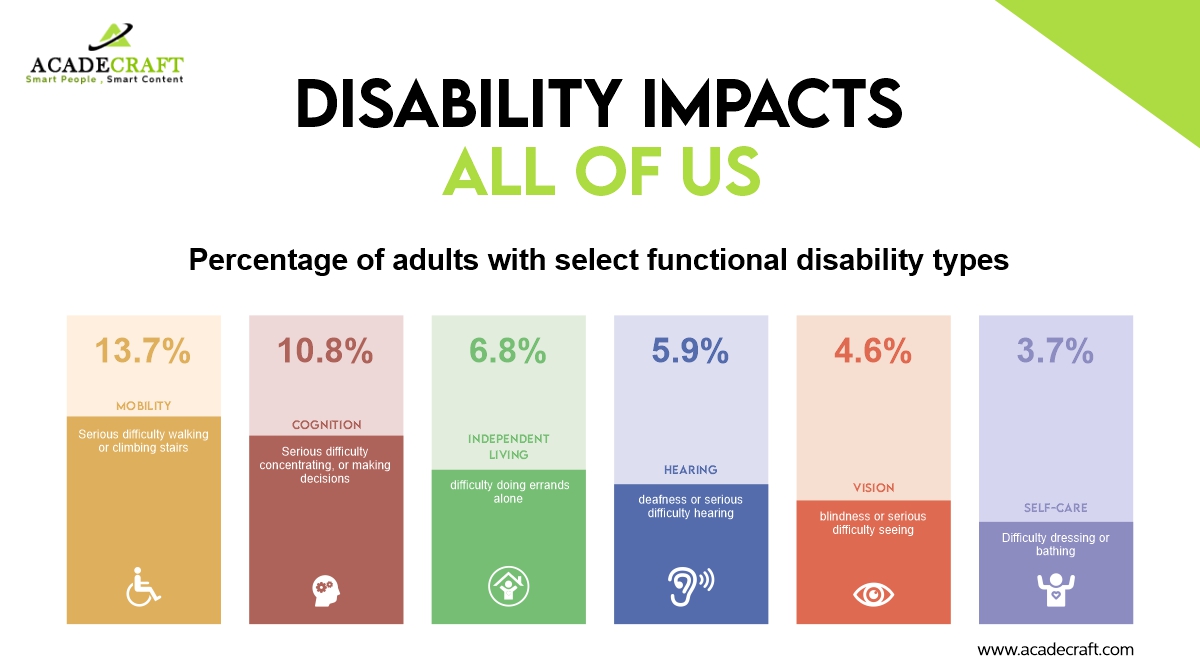
Our world is witnessing a digital tsunami. Every aspect of our lives is getting digitized. Whether in education, banking, business, or any other field, digitization is rapidly growing everywhere. And it has led to the generation of a new problem - website accessibility. The age of digitization should also touch the lives of people with disabilities. And it is crucial for both businesses and their consumers. There's no doubt that the problem is immense. And there's only one reasonable solution - implementing the Web Accessibility Solutions.
But, before we begin to discuss what type of web accessibility solution will suit your business, it is essential to understand why web accessibility is so important. Only then will the companies identify which web accessibility guidelines they should follow and why.
In this blog, we will cover:
So, let's begin!
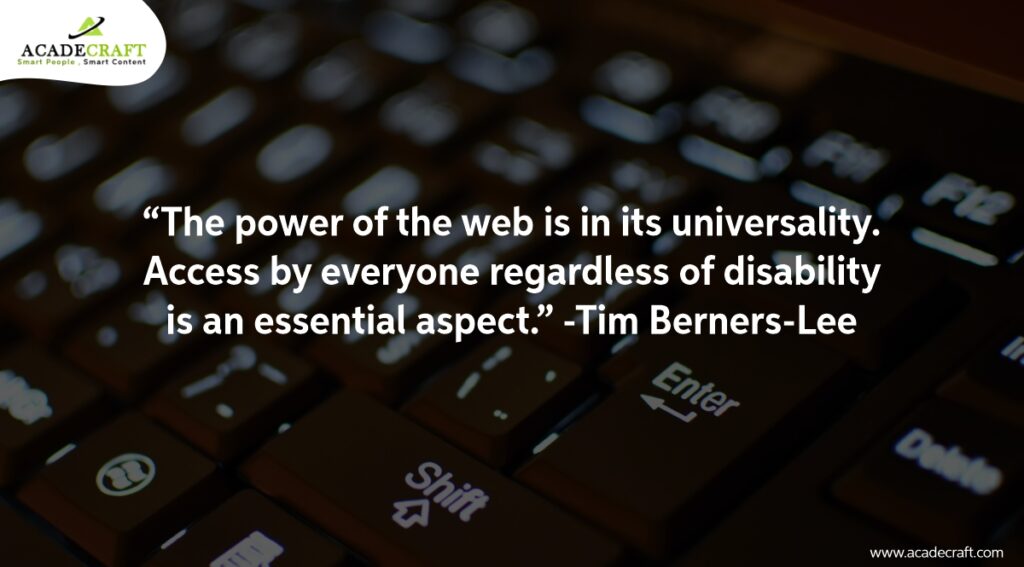
To fully understand the importance of web accessibility, we will have to look at the latest statistics related to the disabled population of the USA first.
According to the official data published by CDC, one in every four American citizens suffers a disability. In percentages, over 26% of the current adult population comprises disabled people. This means the exact number counts for around 61 million, only adults. And the type of disability is quite diverse.
If we go deeper into the report, we will find that 13% of the US population has mobility issues. 4.6% of people are visually impaired, and 10.6% suffer from cognitive disorders. Moreover, 6.5% of American citizens are not capable of independent living, which means they need help doing normal daily-life activities.
Out of all these different disabilities, vision and cognitive disabilities severely impact a person's interaction with the web. That is why the world wide web consortium has studied the five major types of disabilities that affect web surfing.
Let's have a look at the five significant disabilities.
Auditory disabilities cover all hearing problems, from complete deafness to mild or intermediate hearing problems. It has special consideration for people using hearing aids as well.
This section involves a string of cognitive, learning, and neurological disorders like ADHD, ASD, Seizure diseases, Alzheimer's disease, Parkinson's syndrome, dyslexia, and many others.
People with speech defects find it challenging to operate the voice recognition softwares. The speech defects can be of many types?the effect, sound level, clarity of speech, and frequency of address of a person.
W3 consortium addresses an extensive range of visual disabilities. From color blindness, mild visual disorders to complete blindness, everything has been considered while framing the WCAG guidelines.
Some physical disorders like tremors, lack of coordination, and paralysis might hamper interaction with websites and digital gadgets.
From the above discussion, three things are pretty straightforward:
Hence, digital accessibility solutions are essential for companies.
To standardize the process of web accessibility, many organizations have given accessibility laws or guidelines that businesses must follow. This section will look at some of the most critical web accessibility laws and policies.
The W3 consortium gives WCAG guidelines. It has multiple versions, 1, 2, 2.1, and 3. The most prevalent version is WCAG 2.0, and WCAG 2.1 Web Accessibility Guidelines is just an elaboration of this law. These guidelines are based on the concept of POUR. POUR stands for:
P - Perceivable
O - Operable
U - Understandable
R - Robust
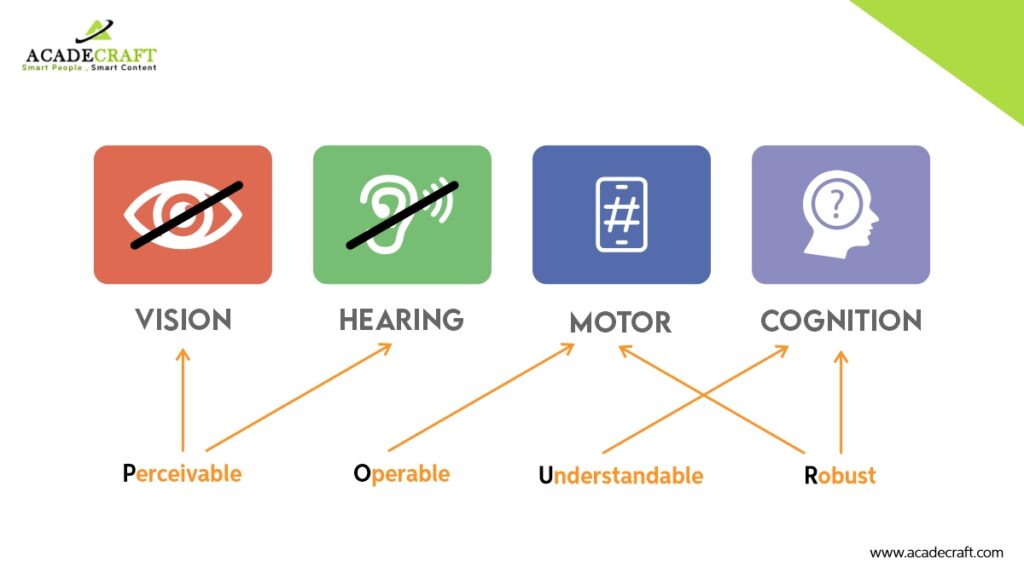
As defined by the principals themselves, the WCAG 2.1 Web Accessibility guidelines aim to make websites easily sensed, understood, and operated by all people with disabilities. Some of the significant features mandated by these guidelines include:
There are many other regulations as well.
Depending on the number of conditions a website fulfills, there are three WCAG compliance levels: Level A, AA, and AAA.
Section 508 is a part of the American Rehabilitation Act of 1973. According to this law, all the federal aided agencies must make all their IT resources fully accessible to people with disabilities. It seeks WCAG Compliance for this purpose.
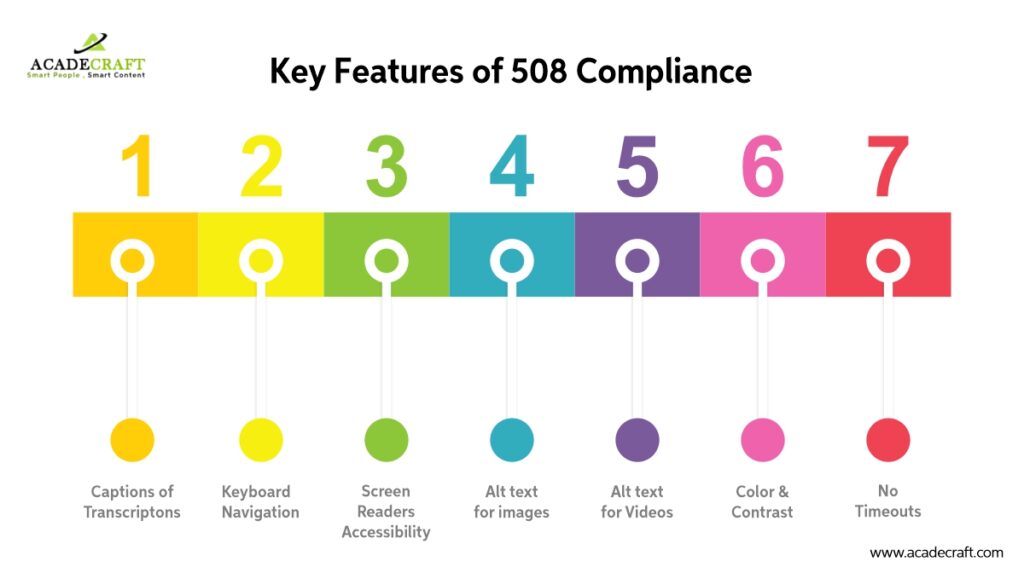
AODA (Accessibility for Ontarians with Disabilities) is a government act passed by the Ontario government in 2005. Though, currently, it is applicable in almost all the cities of Canada and many other parts of the world. This law is quite simple. It mandates that all the websites must meet the accessibility criterion of Level AA in the WCAG Compliance.
Till now, we have discussed the importance of web accessibility and laws related to them. But as a business company, you must be thinking, why should your website be digitally accessible, right? So, in this section, we are going to answer your query.
As per the US federal laws, section 508 is mandatory for all the federal aided agencies. So, if your business receives any form of federal aid, then non-compliance to section 508 will lead to serious legal complications. But what if you are a private entity?
Even then, it would be best if you made your websites accessible. Because not doing so will mean that you will never be able to collaborate with any federal agency in the future. Also, in many states, companies face legal and financial constraints if their website is not accessible.
And on top of all that, no company wants to lose 61 million consumers. So, to expand your consumer base, start working on digital accessibility solutions.
The different web accessibility guidelines must be confusing for businesses. So, companies might lose track of which approach to follow and which one to not. That is why they need to follow a standard procedure to make their website accessible. It can be achieved through the use of VPAT.
VPAT stands for Voluntary Product Accessibility Template. It is a form that lists all the necessary features that a fully accessible website must have. During the accessibility audits, the auditors mark the features found in the website as present and the parts that were not seen as absent.?
Once the form is filled up, the company can use this filled-up VPAT document for different purposes, some of which are discussed below.
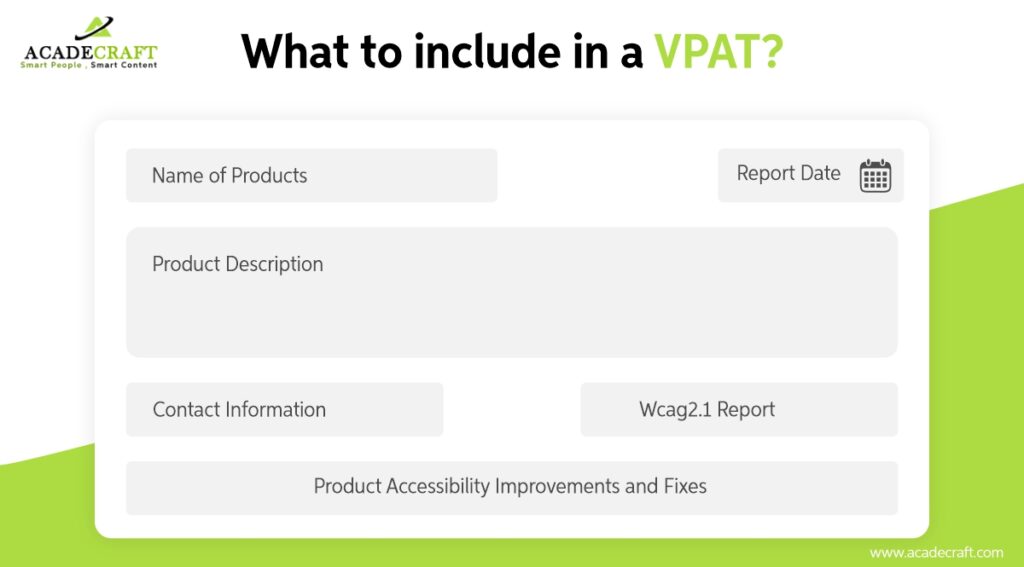
VPATs come in different variants. Each variant has additional features that align with a specific web accessibility guideline. Accordingly, there are WCAG VPATs, Section 508 VPAT, AODA VPAT, and many others.
If a company fulfills all the criteria given in the list, then it means that its website is compliant with that particular guidelines. Then, the company can use that filled-up document to apply for necessary accessibility certification. Hence, the VPAT serves as proof of your web accessibility.
You will gain four significant benefits as a business house by making your website accessible. Let's have a look at them.
Web accessibility is one of the most trending and growing IT fields in the US. And with over 26% percent of the adult population of people with disabilities, the US government agencies are leaving no stone unturned to apply digital accessibility throughout. Even private companies are not very far away in this process.
If you are also looking for digital accessibility solutions, Acadecraft will help you in this process. Our experts will audit your site, identify the loopholes, and help you add the missing features. Moreover, we provide WCAG, AODA, Section 508, and all major accessibility laws worldwide.
Share